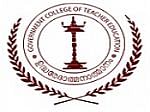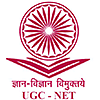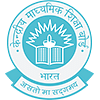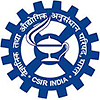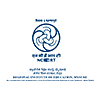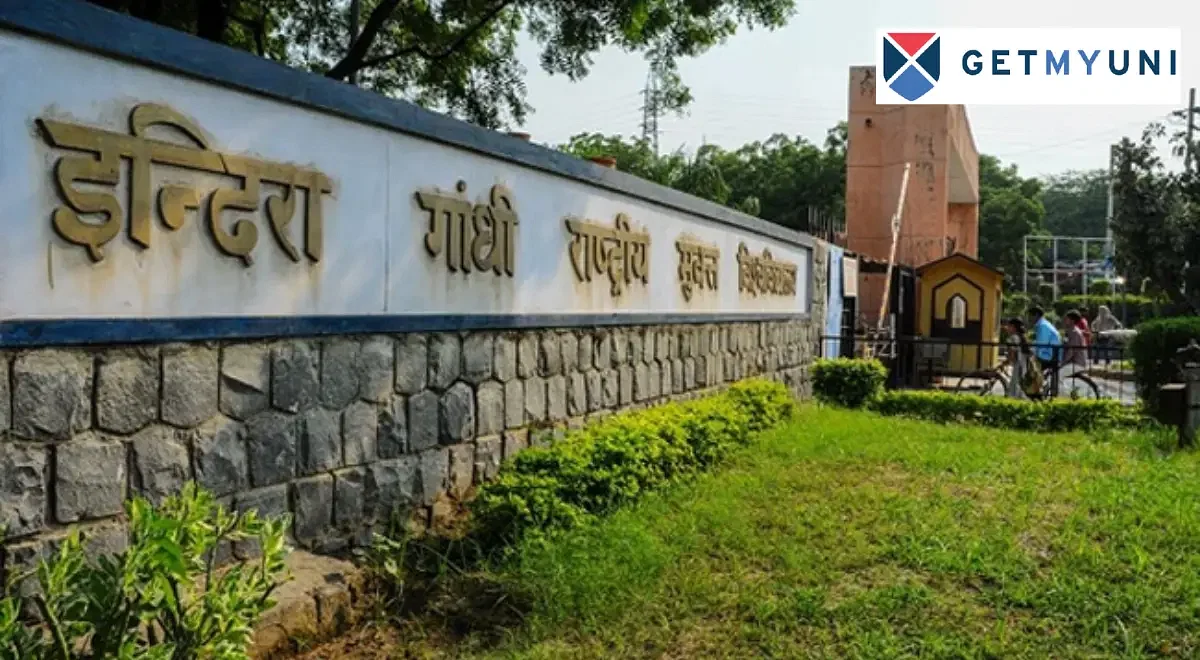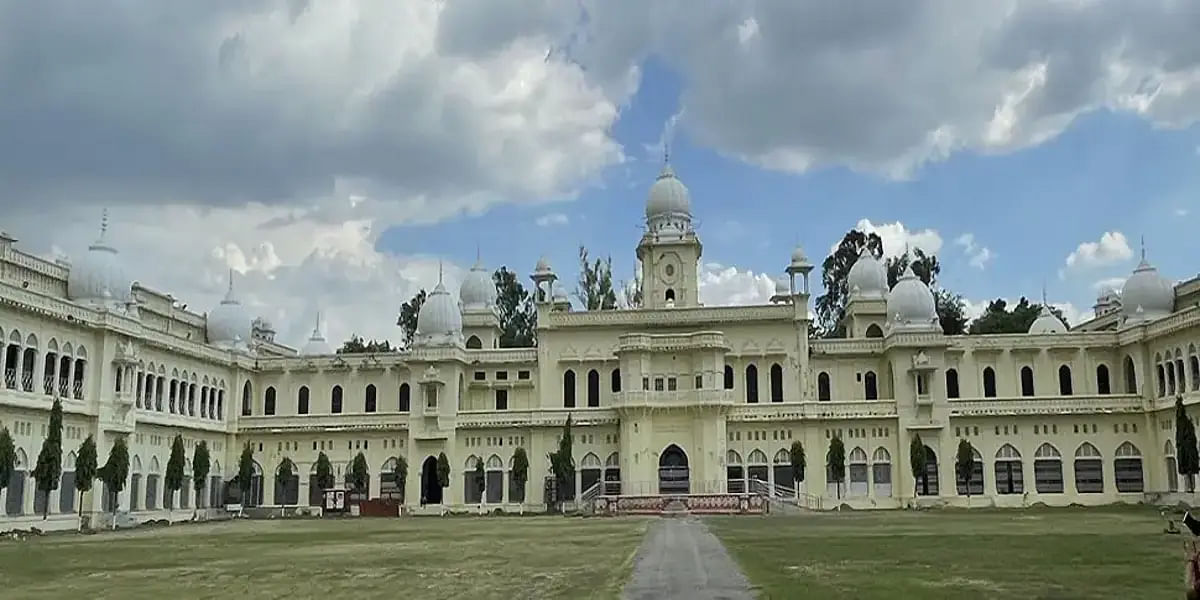B.Ed in Sanskrit Syllabus and Subjects

The B.Ed Sanskrit syllabus is primarily defined by the institute where the student is admitted. Every college has its own course structure that lasts 3 years, which consists of a mix of topics that teach students diverse teaching approaches and a mix of subjects that contribute to the student's general growth as a person. Some of the subjects that a student can study in this course are English, Life Sciences, Hindi, Physical Science, Punjabi, Home Science, Sanskrit, Fine Arts, etc.
B.Ed Sanskrit Semester Wise Syllabus
Students who complete the B.Ed Sanskrit course will be well-versed in all of the domain's primary teaching techniques. The B.Ed Sanskrit course syllabus is presented below each semester, which differs according to the institutes, but the overall course structure remains the same.
B.Ed Sanskrit First Year Syllabus
The table below contains the list of B.Ed Sanskrit subjects in the first year:
| Semester I | Semester II |
| Philosophical and Sociological Basis of Education | The Learner – Nature and Development |
B.Ed Sanskrit Second Year Syllabus
The table below contains the list of B.Ed Sanskrit subjects in the second year:
| Semester III | Semester IV |
| Teaching-Learning Process | School Management |
| - | Computer Education |
B.Ed Sanskrit Third Year Syllabus
The table below contains the list of B.Ed Sanskrit subjects in the third year:
| Semester V | Semester VI |
| Guidance And Counseling | Teaching Subjects |
| Comparative Education | Hindi |
| Adult And Continuing Education | Physical Science |
| Health And Physical Education | Punjabi |
| Education Of Children With Special Needs | Home Science |
| Population Education | Sanskrit |
| (Any 2 Of The Above Subjects) | (Any 2 Of The Above Subjects) |
B.Ed Sanskrit Subjects
Candidates' B.Ed Sanskrit subjects are defined by their selected specialization and college. Subjects for the B.Ed Sanskrit are chosen based on fundamental teaching ideas as well as other important subjects in order to obtain a better grasp of the Sanskrit language.
There are two types of subjects in B.Ed Sanskrit: theory and practical. Practical subjects are those that serve to make the course more interesting and diverse by allowing students to understand how to apply what they've learned in the classroom to real-life situations.
B.Ed Sanskrit Theory Subjects
The theoretical B.Ed Sanskrit subjects list includes the following subjects, which are required to be studied by of all B.Ed Sanskrit students:
- Adult and Continuing Education
- Health and Physical Education
- Education of Children with special needs
- English
- Sanskrit
- Economics
B.Ed Sanskrit Practical Subjects
Practical subjects allow students to have a better understanding of a topic of interest and can be a good way to supplement theory classes. Some of the practical subjects included for this course involve:
- School Experience
- Simple Expressional Competencies
- Health & Sports Programme
- Co-curricular, Culture & Community Activities
B.Ed Sanskrit Course Structure
The B.Ed Sanskrit programme is structured to encompass both theoretical and practical subjects. The course lasts three years and is divided into six semesters, depending on the college. The structure of the course is as follows:
- VI Semesters
- Theory Subjects
- Practical Subjects
- Undergraduate Course
B.Ed Sanskrit Teaching Methodology and Techniques
The teaching method for the B.Ed Sanskrit is based on practical experience. Traditional techniques are utilized to teach students the value of the Sanskrit language; however, the course incorporates more real-life projects for students to understand how to use the various teaching methods in real-life settings.
Some general teaching approaches used are as follows:
- Lectures
- Guest Interactions
- Role-Plays
- Flipped Classes
- Seminars
B.Ed Sanskrit Course Projects
Students can select project subjects depending on their interests and the field in which they want to work after completing the course. Some of the most popular B.Ed Sanskrit projects are as follows:
- Sanskrit Reciprocal Pronouns: Their Semantics And Use In The Epics And Arthaśāstra
- Adapting Śaiva Tantric Initiation For Exoteric Circles
- The Etruscans An Extinct Indo-Aryan Civilization Of Ancient Europe
- Inflexion Classes, Implicative Relations, And Morphological Theory
B.Ed Sanskrit Course Books
Books may be a great investment for students pursuing a B.Ed Sanskrit because they can help them learn more about their field. Students can learn more about topics they are interested in by using various ancient knowledgeable Sanskrit books as a source of information. Some important B.Ed Sanskrit books that would help the students are:
| Name Of Book | Author |
|---|---|
| Sanskrit Shastra Manjusa | Uday Shankar Jha |
| Pedagogy Of Sanskrit | Dr. Satyaveer Shastri |
| Sanskrit Swayam Shikshak | Shripad D. Satvlekar |
| Sanskrit Vangmay Praveshikka | Dr. Somnath Dash |



